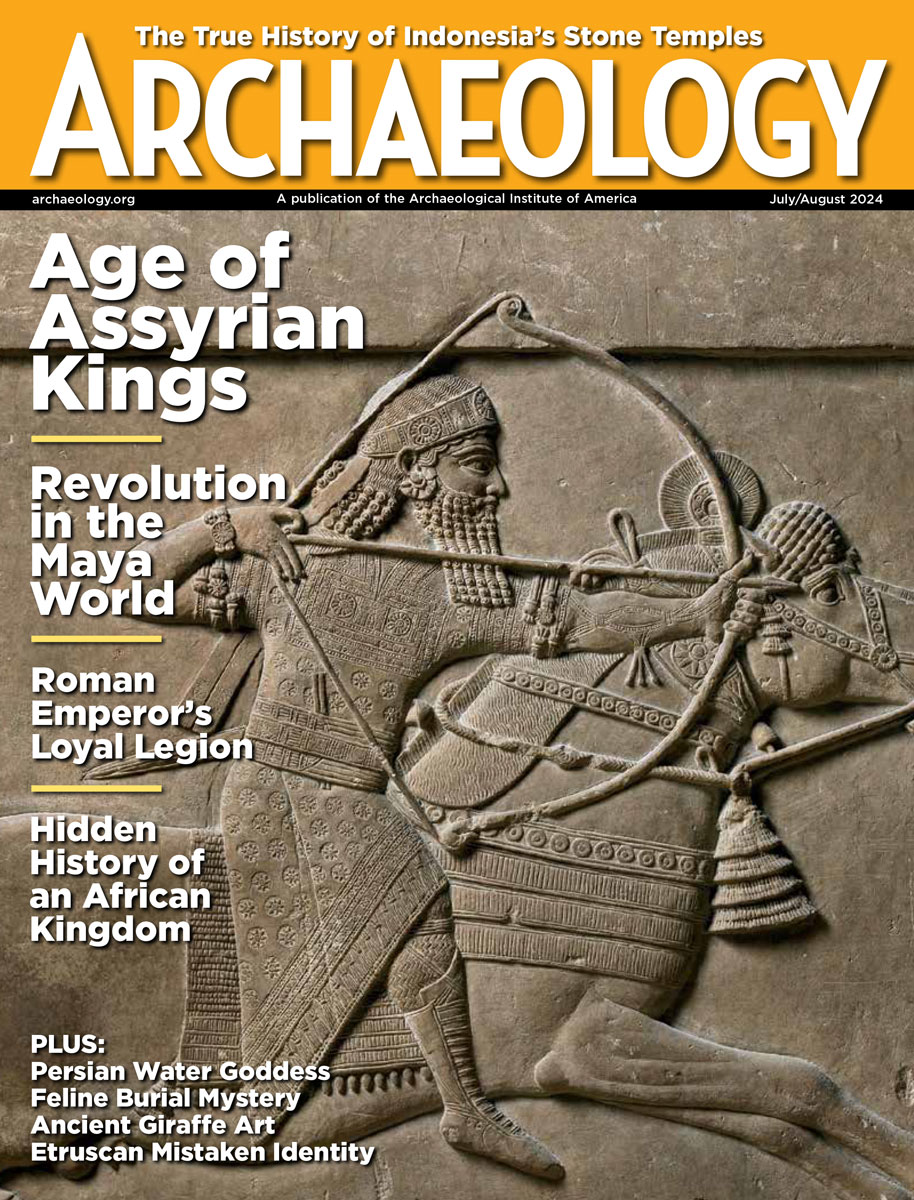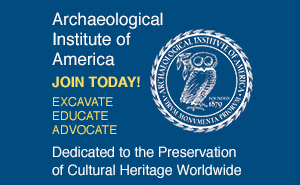Tuesday, February 14
February 14, 2012
In Italy, heavy snow has damaged the Colosseum in Rome and medieval buildings in Urbino.
At least 83 animal mummies, including dogs, cats, sheep, and goats, have been discovered in a chamber of what could be a temple at the ancient Egyptian holy place of Abydos. Another chamber contained a wooden statue thought to represent the female pharaoh Hatshepsut.
A seventeenth-century cemetery thought to hold the remains of enslaved Turkish Muslims has been disturbed by roadwork in Malta. “We’re working along the cross section, cleaning up the debris surrounding the bones and noting everything we find,†said archaeologist Marvin Demicoli.
A list of recommendations for the protection and preservation of the Bamiyan site in Afghanistan has been compiled by The 10thExpert Working Group Meeting of UNESCO. Cultural development, sustainable livelihoods, education, and the promotion of peace in Afghanistan are of central importance to the plan.
Discovery News offers a history of Valentine’s Day.
- Comments Off on Tuesday, February 14
Monday, February 13
February 13, 2012
The expansion of agriculture as practiced by Bantu farmers may have contributed to the decline of the rainforest in Central Africa 3,000 years ago, according to a new study by a team from the French Research Institute for Exploration of the Sea. “Climate did play an important role in the arrival of agriculture. But what we show is that the impact of those people developing and introducing agriculture probably had a quite significant impact on soil erosion,†said geochemist Germain Bayon.
Syrian authorities seized coins, seals, and pottery from three people travelling by car in Lattakia province. The objects had been stolen from a storehouse.
The European Research Council has awarded a team from Glasgow University a £1m grant to study the illegal trade in antiquities. “The people who sell this material, they are actively wanting to create markets….There is a synergy between the accessibility and the availability of the material, and the marketability by the dealers. The internet has made that a lot easier,†said archaeologist Neil Brodie.
Former British Museum curator Louise Schofield claims to have found the source of the Queen of Sheba’s wealth in the form of an ancient gold mine in northern Ethiopia. “I crawled beneath a stone – wary of a nine-foot cobra I was warned lives here – and came face-to-face with an inscription in Sabaean, the language that the Queen of Sheba would have spoken,†she said.
Here’s more information on the Roman ruins that were exposed by rough waters along the Black Sea coast earlier this year. “The excavations will begin when the snow melts and the weather gets better, because the next sea storm might wash away part of the ancient settlement,†said Bozhidar Dimitrov, director of Bulgaria’s National History Museum.
- Comments Off on Monday, February 13









